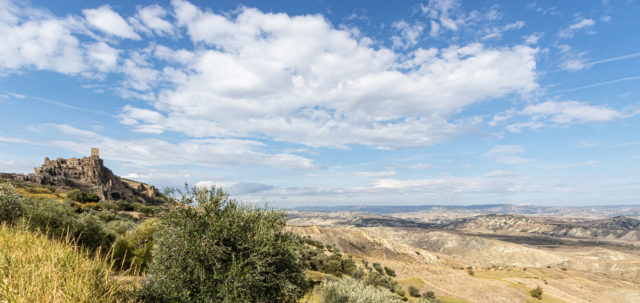In Basilicata, southern Italy, visitors might take a detour to visit a unique medieval ghost town that has been abandoned for 40 years.
The uninhabited city is called Craco and belongs to the province of Matera. Craco is located 25 miles from the Gulf of Taranto and was constructed at the top of a 1,300-foot-high cliff that overlooks the Cavone River Valley.
Because of its stark, angular shape, it stands out from the surrounding landscape which has a gentle undulating appearance.
The nearby hills were once sown with wheat but are now arid and have come to be known as the calanchi, which translates as the badlands. The city was placed at the top of a cliff overlooking the surrounding countryside as a defensive measure.
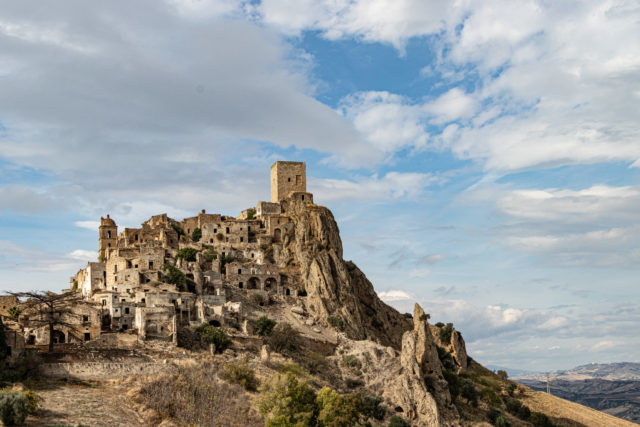
It is believed that this area has been inhabited from some time in the 8th century BC since local tombs date from that era. It was first settled by Greeks, who named their new home Montedoro. There is speculation that they were refugees at the time, moving inland to avoid malaria.
Historical records indicate that in 1060, the city belonged to Archbishop Arnaldo of Tricarico. He named the city Grachium, which in Latin means “a small plowed field.” By then, it already had its distinctive Norman tower, which dates from 1040, as do many of the other buildings.
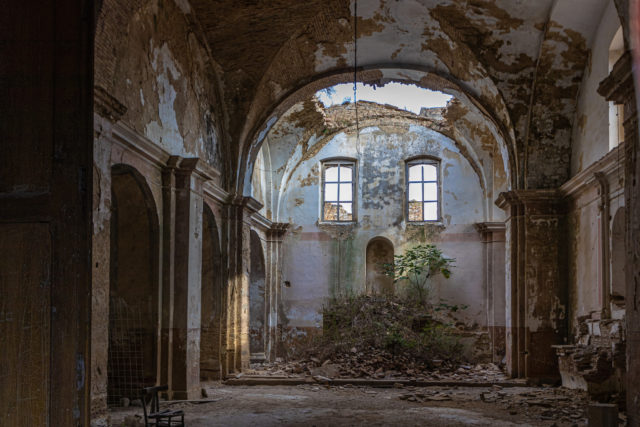
In the mid-12th century, the city came under feudal control for the first time, with all inhabitants owing their allegiance to a nobleman named Eberto. In the 1290s, during the reign of Frederick II, Сracko became an important military location and the Castle Tower was turned into a prison.
It was in 1276 that a university was founded at Craco and four large palaces followed shortly thereafter. In 1561, the city had grown to be home to about 2,500 inhabitants, an agricultural community engaged in the production of grain, oil, vegetables, wine, and cotton.
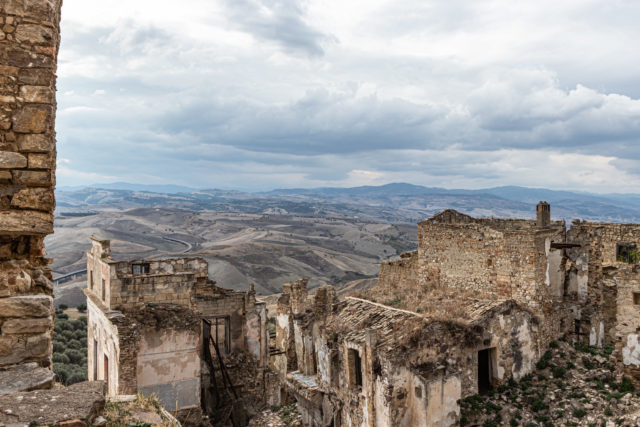
The monastery of St Peter was built in 1630, establishing a permanent monastic order within the city. Its creation helped to bring science and religion to the inhabitants of Craco.
In 1656, the city was struck with the plague, an event that significantly reduced the population.
However, by 1815, the city was sufficiently large that it was divided into two districts: Torrevecchia (which included the castle and tower) and Quarter della Chiesa Madre (which included San Nicola’s Church).
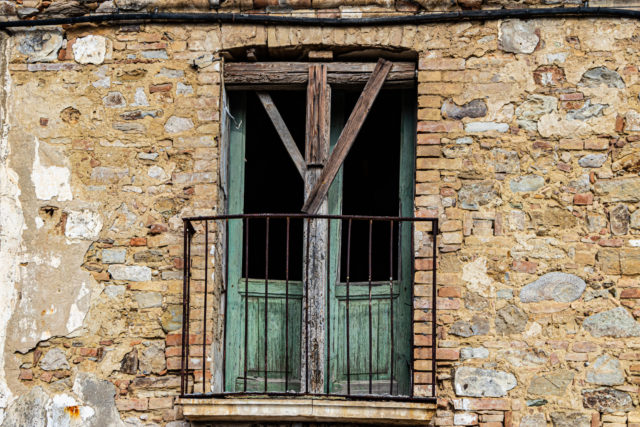
A famine and poor agricultural conditions prompted many of the local population to migrate to North America. From 1892 to 1922, about 1,300 residents left the city.
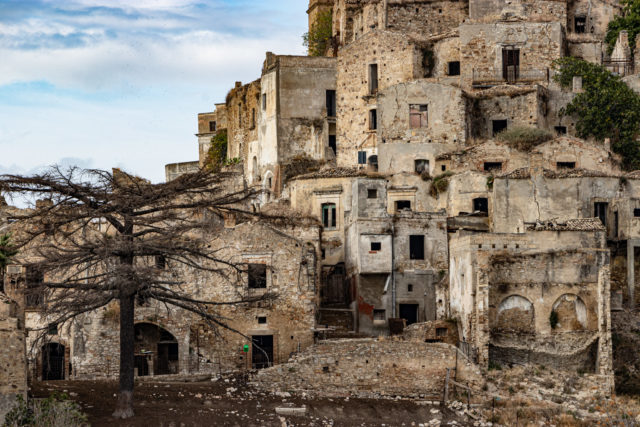
Despite living conditions being harsh and dangerous, as well as numerous bandit raids, there were still many residents who refused to leave their beautiful city.
However, the decision was taken from them in 1963, when Craco was faced with a series of landslides. These natural disasters forced the remaining 1,800 residents to evacuate to a town in the valley called Craco Peschiera.
Although Craco had a history of natural landslides due to the different types of soil the city stands on, it has been deemed likely that this most recent landslide was caused by infrastructure work that had been undertaken to try and improve sewage and water supplies.
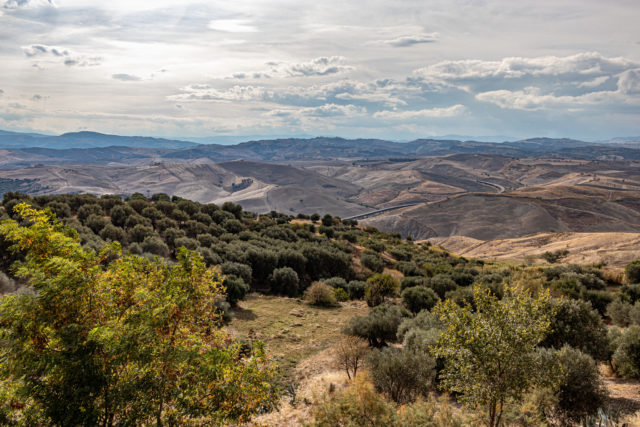
For many years, displaced residents lived in tents, waiting for the government to create new housing for those affected by the landslides. Unfortunately, in 1972 a severe flood occurred, which made living in the ancient city impossible.
Finally, an earthquake that occurred in 1980 led to the final abandonment of the city of Craco.
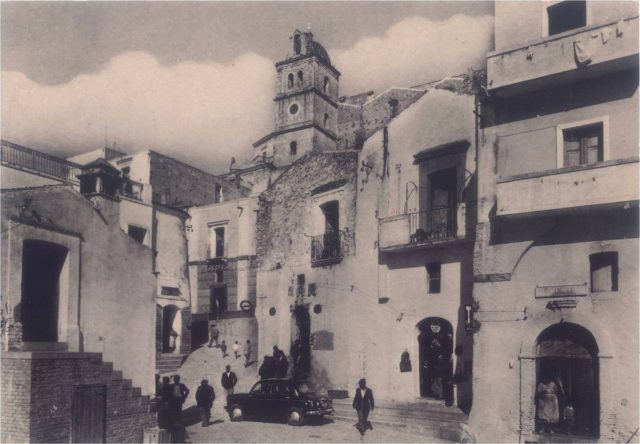
Currently, Craco is deserted and overgrown. As well as being closed due to reasons of safety, in 2010, the city was included on the World Monument Fund’s watch list.
The ghost town is at the center of conservation efforts, receiving funding to support the site and its upkeep.
In addition, a non-profit organization called Craco Society was founded in the United States in 2007 by the descendants of emigrants from Craco. The society’s aim is to preserve the culture, traditions, and history of the city.
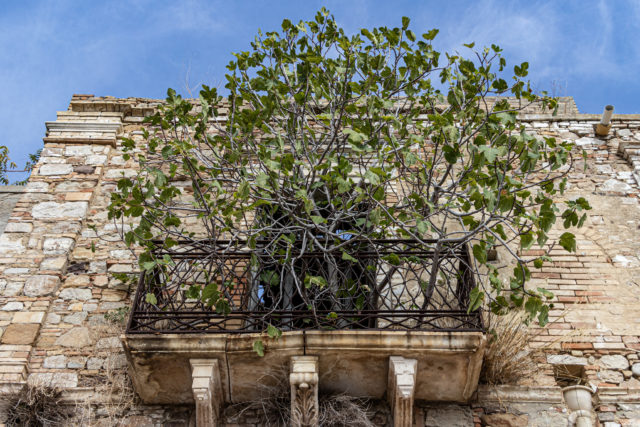
The city is not accessible to the general public except through pre-booked excursions. Although much of the city is in ruins, some of the original elements of the buildings and palaces are still intact today to be enjoyed by visitors. These include shutters, original railings, and frescoes.
Religious festivals still take place in this abandoned city six times a year between May and October, and many visitors are drawn to see the mummified body of St Vincenzo, the patron saint of Craco.
He was a Roman soldier who became a martyr when he refused to renounce his Christianity in favor of worshipping the Roman emperor.
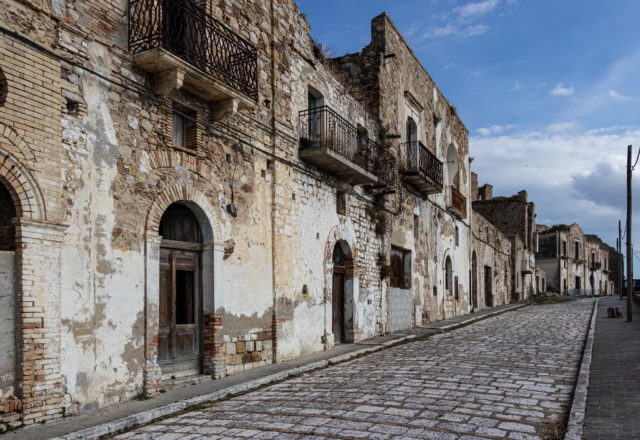
The bewitching landscape and sense of abandonment have made the city not only a tourist attraction but also an attractive place for making movies, TV series, and music videos. Both The Passion of The Christ in 2004 and Quantum of Solace in 2008 contained scenes that were filmed here.
A big thank you to Gaetano D’Ambrosio who has taken such beautiful photographs of Craco. He lives in Italy and has collected a big portfolio of his photos taken in different locations.
You can check out his work via this link and feel free to contact him about his photography.
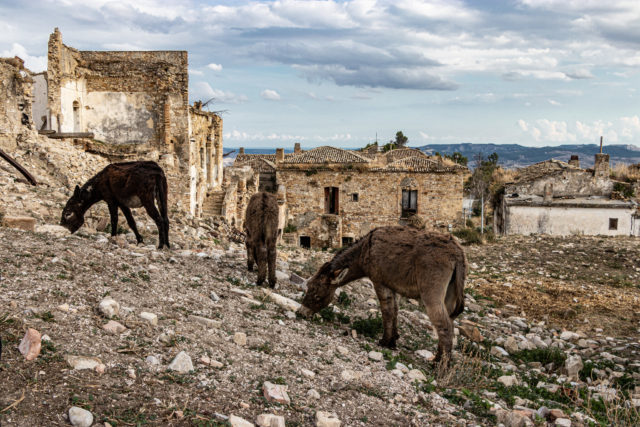
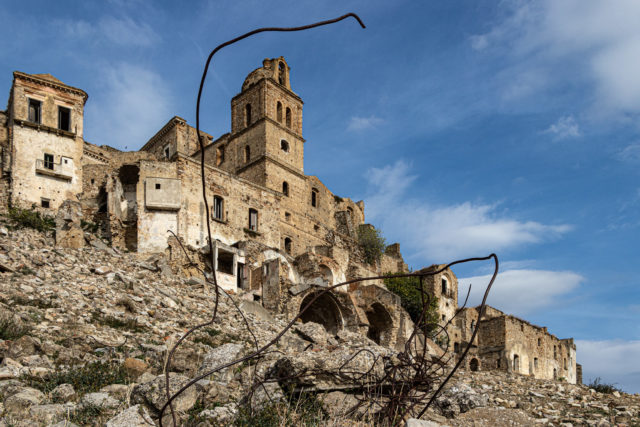
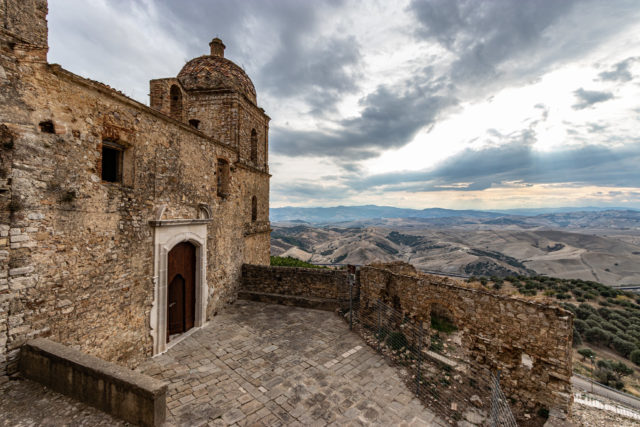
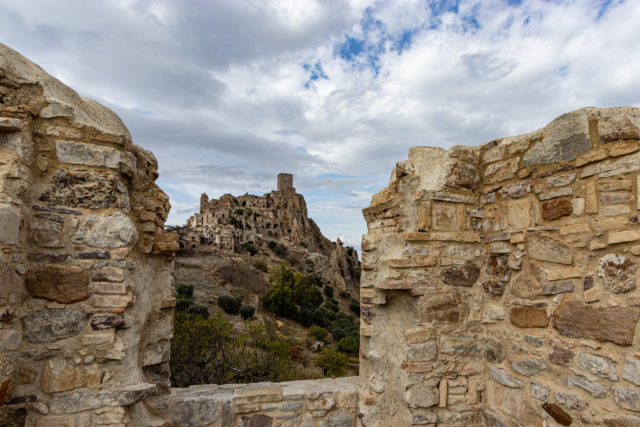
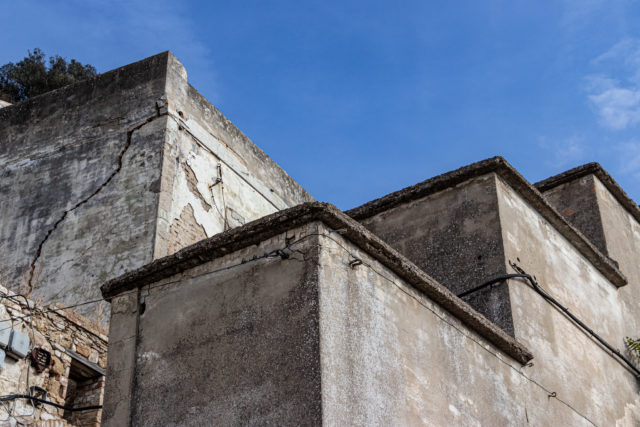
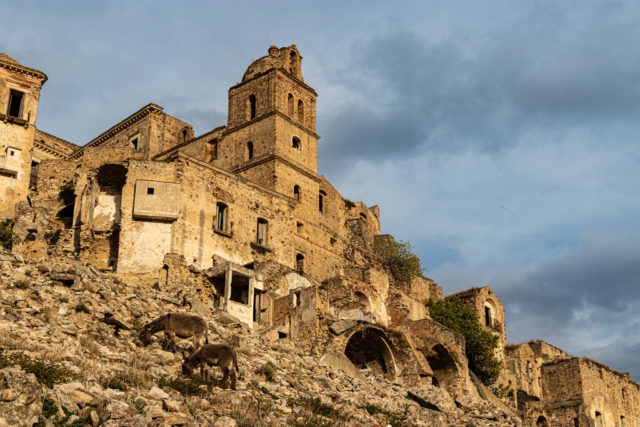
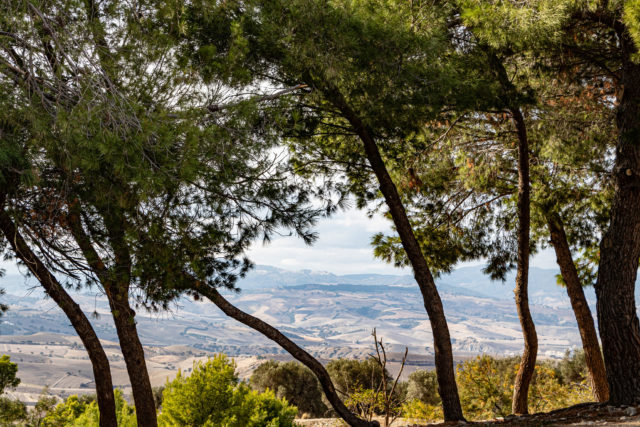
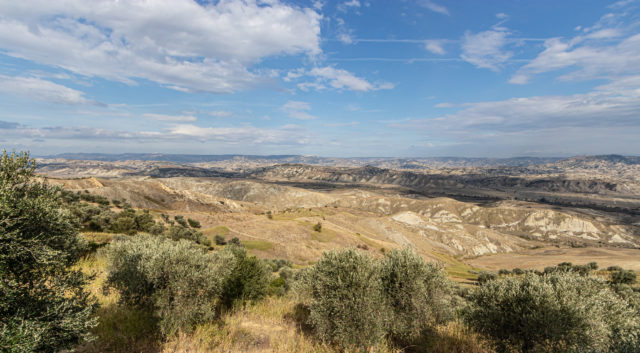
Derelict Titchfield Abbey, Hampshire, England
